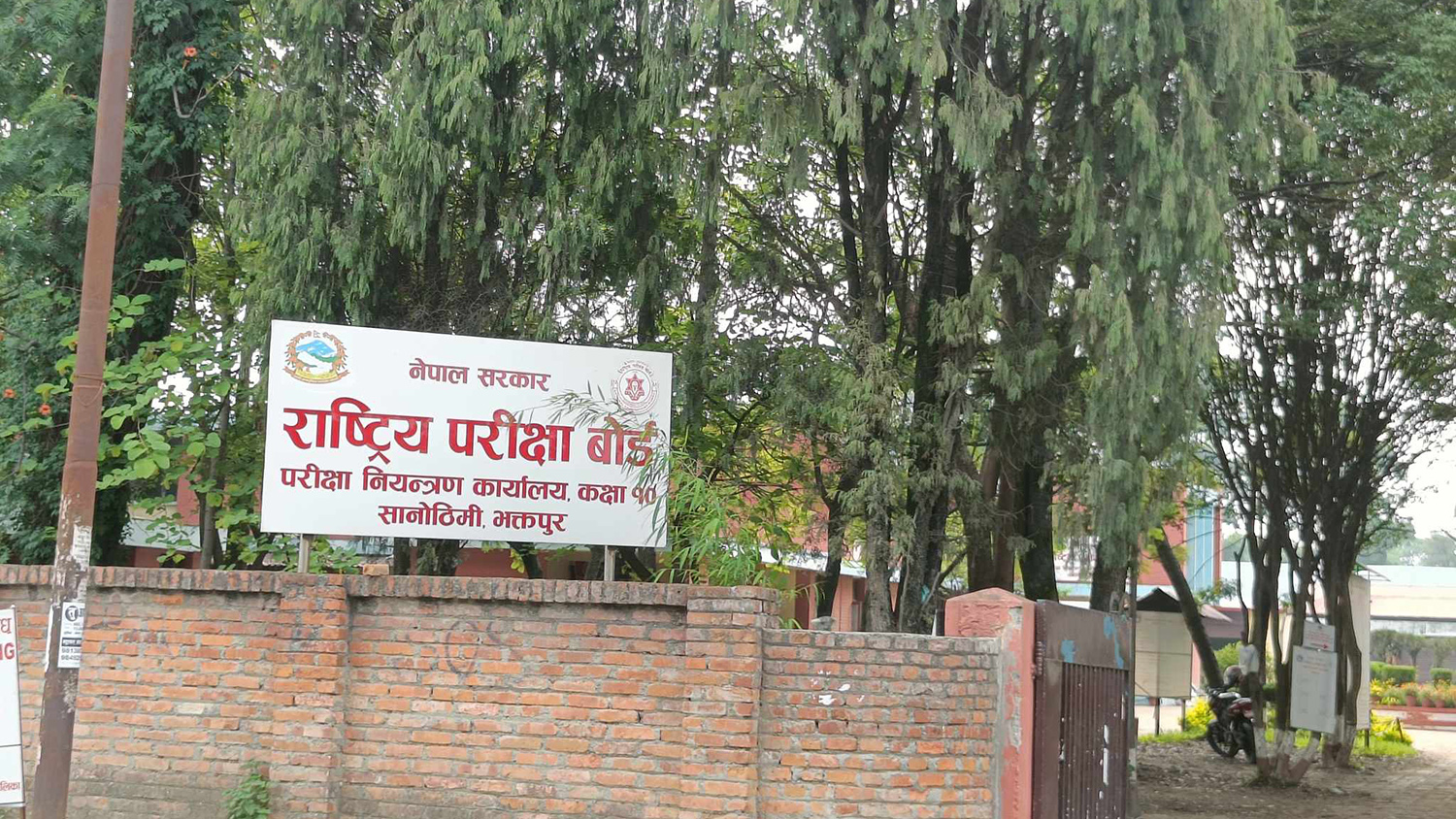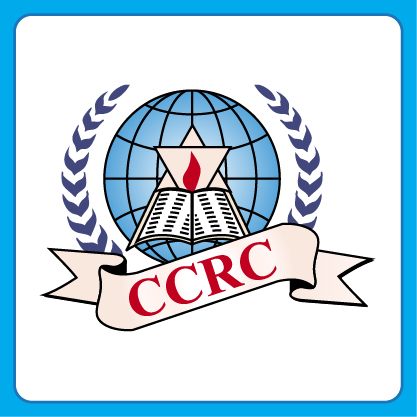A living man in a sack
We use Google Cloud Translation Services. Google requires we provide the following disclaimer relating to use of this service:
This service may contain translations powered by Google. Google disclaims all warranties related to the translations, expressed or implied, including any warranties of accuracy, reliability, and any implied warranties of merchantability, fitness for a particular purpose, and noninfringement.


A natural consequence of intergenerationalism is the friction of opinions and values. If economic, social and cultural differences are added to it, the friction can become even worse. The worst affected in this friction are the weak and the infirm—children, the elderly, the disabled. If this friction becomes more heated, the girls who are considered as flowers and the baamas who are considered as gods also become characters of neglect.



Although it may seem contrary to popular belief, this is an ugly reality of the conflictual times we live in.
Journalist and storyteller Akhand Bhandari's recently published novel 'Bora' leads us to this point. There are several parallel and interrelated stories within 'Bora'. The first story is that of Rashmiko, who finds Yamuna, an old woman, tied up in a sack under a bridge in Chabhil, and after general treatment, takes her to the Pashupati Old Age Home. There are two reasons for Rashmi's affection towards Yamuna. First, it is an expression of common humanity and service. Second, Rashmi, neglected by her father and deprived of maternal affection due to her mother's death at an early age, sees Yamuna as her own mother. However, she is forced to put Yamuna in an old age home as she has to fly to America for higher studies the day after meeting Yumuna. She informs journalist Akhand Bhandari about this and also hands over the sack she found to Yamuna.
Now the entire weight of the story is on Akhand Bhandari's shoulders. Samakhyata Bhandari himself as a character has definitely made the story useful.
Yamuna's storyboard is roughly Jhapa. Pandit Muralidhar Padhya's youngest daughter Jamuna is married to Kamlikant Sharma Arjyal, who earned a name as a paddy trader in Surunga, Jhapa. Yamuna, daughter of Jamuna. The extreme violence and exploitation of the Jamuna at home seems to be successful in bringing to the surface the masculinist thinking and feudalistic outlook of the then rural Nepal. Because of the strict control given to Jamuna to have a precious daughter, Kalili left home with her daughter, was rescued by Prem Rai and Thulimaya at Dudhe Bazaar on the way and delivered the body in a few days, Jamuna died in a flood within a few days and Yamuna became an orphan, later Yamuna's grandparents also passed away. There are various links of misfortune that come in series.
Although it seems a little unnatural, after losing her grandparents, Yamuna approaches Kamlikant asking for her rights. However, the accusation of 'valuation' against him remains the same. The allegation of Kamalikanta's demotion due to his native Nakshatra birth remains.
Kamalikant's younger wife Meena and Yamuna, who has just arrived, escape from Kamlikant's house one night and reach the bank of river Deuniya across Bhadrapur and live there by making a weed house. They find firewood in the forest and sell it for their livelihood. Meanwhile, Meena also enrolls Yamuna in a school in Bhadrapur, in class 7. At school, Yamuna meets Rudra, who is studying at Mamamaiju's house in Bhadrapur, even though it is Dhankuta's house. With time, love develops and marriage takes place later on the initiative of the maternal uncle. After marriage he goes to Dhankuta. Here mother Meena's dress flies.
In a passionate affair in Dhankuta, Rudra impregnates the village girl Chanouti and brings her into the society as a younger wife. Then the unfortunate days of Yamuna begin. For some days, she gets immense love from her mother-in-law, but after she passes away, her life becomes like hell. Meanwhile, a son is born, but grows up in poverty. After some time, Rudra sells the village property and moves to Damak with Yamuna. However, she does not live in Rudra's house. Deunia goes straight to see her mother, but she gets news that her mother is already dead. Forced, Damak returns and sits somewhere on a pot next to Rudra.
After some time comes the news of Rudra's death, but he doesn't care. The society tries to make the son work, but that is not accepted. This action portrays Yamuna as a very strong and revolutionary character. On the same day he goes to the temple. But the society does not allow him to stay in the temple because he does not do poi's kiriya. Instead, he turns around and insults. Plates are broken and utensils, clothes are all thrown away. Coincidentally, 'Bhagwan', a lawyer who has recently studied law in the UK, finds out and fights a legal battle. All the villagers who bribe the police and abuse the Yamuna go to jail. Yamuna and her son Asal live in God's house, father Harivinoda and mother Harikala under the umbrella of Harikala. Harivinoda educates the good and makes them doctors. And they say, 'Now work somewhere else. Take your mother.
After some time, Asal marries Nirjala, the daughter of a wealthy Raithane from Kathmandu, who is a doctor after studying health science. However, Nirjala could not bear to see her mother Yamuna from the first day. Keeps the condition of the good - get this old woman out of the house. In the midst of this conflict, Asal took Yamuna to Kathmandu as a pilgrimage and fed her with drugs to make her faint. Later, the remorseful Good looks for his mother, but does not find her. So, assuming that she is dead, she also performs kiriya and starts wearing white clothes throughout the year. He and his family return to Nirsal Hospital in Biratnagar.
Finding the information given by Rashmi, the writer Bhandari Pashupati reaches the old age home. They meet Yamuna, and a series of dialogues begins. They prepare a book. They also take photos.
Finding the information given by his mother, he reaches Nirsal Hospital in Biratnagar to meet Dr. Asal. Talking about her mother's death, she tells the white-robed doctor that her mother is alive, and shows her a photo. The story takes a new turn from here. After returning, he reaches Chitwan Medical College to meet Asal's son Nirjal and tells the whole story. Together, he and Nirjal come up with a secret plan—to celebrate Nirjal's upcoming birthday by feeding food to the elderly at the Pashupati Old Age Home. Nirjal's father is also very happy after hearing the plan and reaches Kathmandu on the scheduled date. At the ceremony, Nirjal reveals that his father threw his grandmother in a sack and vows to fight against such atrocities for the rest of his life. Also, he gives a gift packed in that old sack to Baama and says, 'Inside this is the same sack in which you tied your mother i.e. my grandmother Yamuna Sharma and threw it in the wash basin under the Gopikrishna bridge. Please keep this carefully. This will come in handy when you reach 68.'' Karuna Rasa, Rudra Rasa and Bibhatsa Rasa are widely used in writing. Oriental language is the ornamentation of this work. The book succeeds in showing how elderly people like Yamuna are crushed by the depraved young women who fall under the influence of Joitingre youth and rich parents. The book has also brought out the corruption, social injustice, superstition and discrimination in Nepal, which has entered the feudalism and democracy of Nepal during the Rana period. Although the characters seem like individuals, they are representative of a particular trend. It has made this book social. In many places, the emotion is at its peak, the reader's eyes tear up while reading. There are many places to comment on the
book. Firstly, it has revived the old stereotype of mother-in-law-daughter-in-law conflict. Secondly, at the end of the story, when Nirjal presents a sack to Baama and then says, 'I can also use it', there is a glimpse of Thotre Doko's folk tale, which makes the plot of such a serious narrative thin and stale. Thirdly, the good character of Bhandari is very good, and the bad character is very bad. This has driven the novel away from reality. When the
is at its worst, saviors like Fat Angels appear from unexpected angles and help to the extent possible. The revelation of such an unexpected ally in the narrative is called a 'deus-ex-masina', and is a weak link in the narrative.
Most of the story is told by Yamuna, an old woman from the village who has not read and is very sad, but the language used by Bhandari is very sophisticated and not suitable for what Yamuna spoke. Coincidences are very dense in the novel, which is not considered as reliable in realist writing.
प्रकाशित : असार १, २०८१ ११:२१

 २७.१२°C काठमाडौं
२७.१२°C काठमाडौं

























